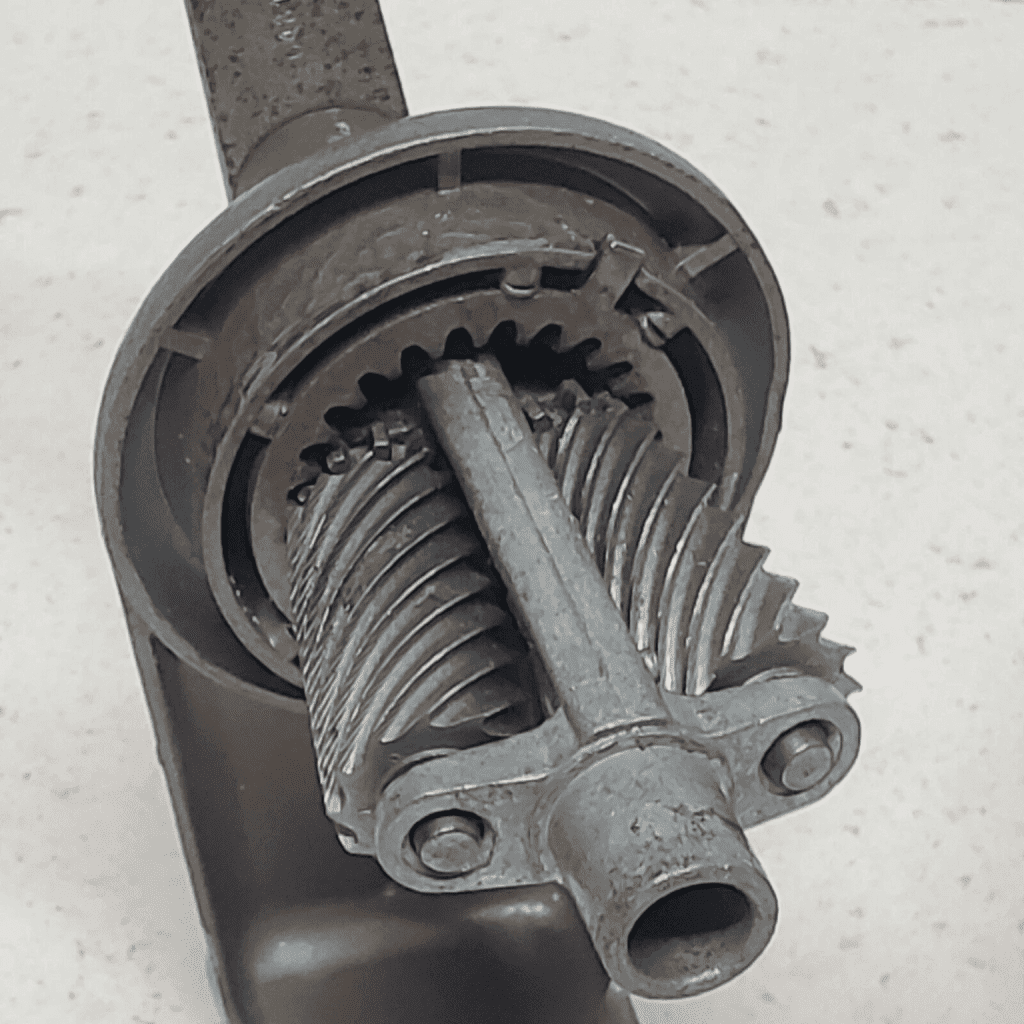The pencil sharpener—a tool so ubiquitous in classrooms and offices today—has a history that’s both intriguing and surprisingly complex. From its humble beginnings as a block of wood with sharpened blades to high-tech, electric models, the pencil sharpener has evolved significantly over the centuries. Let’s explore how this small yet essential tool transformed from a simple whittling device to the innovative sharpeners we use today.

The Origins of Pencil Sharpening: From Knives to Specialized Tools
Before the invention of dedicated pencil sharpeners, pencils were sharpened using knives. The practice was commonplace for artists, writers, and students who had to carefully carve away the wood to expose more graphite. This method, however, was time-consuming and often resulted in inconsistent points. It was clear that a more efficient solution was needed.
The First Recorded Pencil Sharpener: Mr. C. A. Boucher’s Invention
The journey of the pencil sharpener officially began in France. In 1822, a French book documented a device invented by Mr. C. A. Boucher, a Paris-based creator working with pantographs who needed precision in sharpening his pencils. Though Boucher’s device was functional and well-designed, he never applied for a patent, and it didn’t see commercial success. However, his work laid the groundwork for future innovations in pencil sharpening.
The First Patent: Bernard Lassimonne’s Historic Contribution
In 1828, French mathematician Bernard Lassimonne applied for the first official patent for a pencil sharpener, marking a pivotal moment in its history. Lassimonne’s patent (#2444) brought the pencil sharpener into public view and created a commercial market for this handy tool. A shop in Paris called Binant began selling devices based on his design, making the sharpeners accessible to a broader audience and helping to popularize this new tool.
The Rise of Pencil Sharpeners in England and the United States
As the concept of a dedicated pencil sharpener gained traction, inventors across Europe and North America began refining the design. In 1833, the English company Cooper & Eckstein patented a simple device known as the Styloxynon, which consisted of two sharp files set at right angles. This unique block of rosewood with sharpened edges allowed for a smoother, faster sharpening process than before. Remarkably, some of these early sharpeners still survive today, offering a glimpse into the tool’s early days.
Across the Atlantic, pencil sharpeners also began gaining popularity. In 1855, Walter Kittredge Foster of Bangor, Maine, received the first American patent for a pencil sharpener. He went on to establish the world’s first pencil sharpener company, mass-producing handheld sharpeners that quickly spread throughout the United States and even Europe. Foster’s “American pencil sharpeners” introduced a more efficient sharpening method to the world.
The Late 19th Century: The Era of Innovative Pencil Sharpening Machines

As the demand for pencil sharpeners grew, so did the innovation surrounding their designs. By the end of the 19th century, new mechanisms emerged, allowing for more precise and reliable sharpening. In the United States, companies like Goodell Co., Gould & Cook Co., and A. B. Dick Co. led the market with products such as the Perfect Pencil Pointer, the GEM Pencil Sharpener, and the Planetary Pencil Sharpener. Meanwhile, Germany’s Guhl & Harbeck Co. introduced the Jupiter sharpener, expanding the options for European consumers.
These models were often substantial, heavy, and designed for use in office settings. Their complex gears and mechanisms required regular maintenance but delivered unmatched precision, making them popular among professionals who needed consistent, sharp pencils for detailed work.
The Early 20th Century: The Rise of APSCO and Modern Mechanisms
In the early 20th century, the Automatic Pencil Sharpener Company (APSCO) revolutionized the industry by introducing the US Automatic Pencil Sharpener. This model featured a crank and milling mechanism that quickly became a standard for sharpening in both schools and offices. The APSCO sharpeners were incredibly popular and dominated the market for many years.
APSCO continued to innovate by creating models like the Climax, Dexter, Wizard, and Junior, which were some of the most efficient and effective pencil sharpeners available. With their robust design and durability, APSCO sharpeners set the bar for quality and became an essential tool in classrooms and businesses across the country.
Electric Pencil Sharpeners: A Modern Convenience

As electricity became more widely available, inventors saw an opportunity to further improve the pencil sharpener. By 1917, electric pencil sharpeners were introduced to the market, making sharpening faster and easier. Neil Carruthers, a schoolteacher, brought these electric sharpeners from the United States to his school in Whitehaven, England, marking a significant milestone in pencil-sharpening history.
Electric sharpeners offered unparalleled convenience, as they required no manual effort and could sharpen a pencil to a perfect point in seconds. Over the years, the electric sharpener has continued to evolve, becoming more efficient, quieter, and more compact. Today, it’s a common sight in offices and classrooms, preferred by many for its simplicity and speed.
The World’s Largest Collection of Pencil Sharpeners
In May 2011, the unique fascination with pencil sharpeners was on full display in Logan, Ohio, where the region’s welcome center showcased hundreds of pencil sharpeners collected by Reverend Paul Johnson. Johnson, a World War II veteran, had amassed more than 3,400 sharpeners since the late 1980s. His collection included sharpeners of various shapes, colors, and themes, ranging from animals to holiday motifs. His collection reflects the enduring appeal of this tool and the wide variety of designs it has inspired.
The Modern Pencil Sharpener: More Than Just a Tool
Today’s pencil sharpeners come in a range of types, from handheld models for personal use to advanced electric sharpeners for classrooms and offices. Designs have improved to include better waste containers, ergonomic shapes, and child-safe mechanisms, making them more user-friendly than ever. While some prefer traditional handheld sharpeners, others enjoy the efficiency of electric models that save time and effort.
The diversity of designs also appeals to collectors, as sharpeners are crafted in countless shapes, sizes, and colors. Whether you’re a student, artist, or office worker, the pencil sharpener remains a handy companion, proving that even simple tools can evolve and improve over time.
Conclusion: The Enduring Legacy of the Pencil Sharpener
The pencil sharpener’s journey, from a simple whittling device to a sophisticated electric machine, is a testament to human ingenuity. Despite the rise of digital tools, the pencil and its sharpener remain essential for countless people worldwide, from artists to students. The story of the pencil sharpener reminds us that even the smallest inventions can leave a lasting impact on our daily lives, evolving with the times while retaining their original purpose.
As we continue to rely on this modest tool, it serves as a symbol of practicality, creativity, and adaptability—qualities that make it an enduring part of both personal and professional life.


